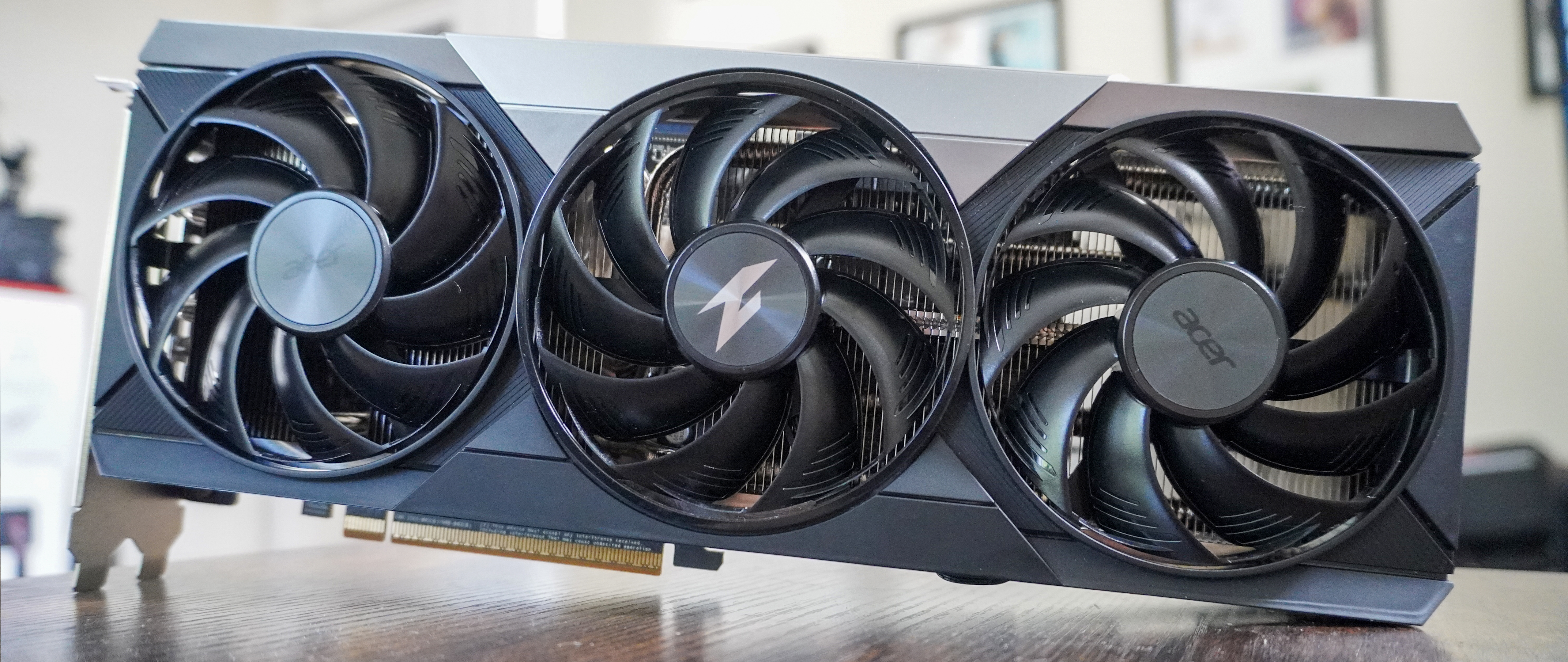Tom's Guide Verdict
AMD’s Radeon RX 9070 XT is a stellar gaming GPU with silky smooth gameplay that beats out the RTX 5070 Ti, while also being available at a lower price than Nvidia’s card. Team Green does shoot ahead in productivity and AI use cases, and FSR 4 is a little finicky at times. But if your main goal is to play, this is the one to buy.
Pros
- +
Impressive gaming performance at 1080p, 1440p and 4K
- +
16GB video memory
- +
Better gaming than RTX 5070 Ti at a lower price
- +
FSR 4 shines…
Cons
- -
-…but FSR 4 can be awkward to use
- -
Some ray tracing hiccups
- -
Not quite available at MSRP
- -
Not great for AI and productivity
Why you can trust Tom's Guide
The AMD Radeon RX 9070 XT surprised me in the best way possible — reaching higher frame rates in some games than the Nvidia GeForce RTX 5070 Ti, while also being up to $150 cheaper at the same time.
In raw rasterization, this is (mostly) a slick GPU that can run all your favorite titles at buttery smooth frame rates with all the fidelity options turned up to max. Ray tracing has definitely improved, but it hasn’t matched the same levels as Team Green — not that this is a complete dealbreaker as all your favorite AAA titles still look amazing with baked in lights, shadows and reflections.
And AMD’s AI trickery, known as FSR 4, is a fantastic resolution scaler that extracts more performance while eliminating practically all of that telltale ghosting. Put simply, Nvidia has enjoyed its time on top for a while, but there’s some serious competition now. If you’re sitting on $600 and you want the best bang for your buck, this is a darn good way to go.
That’s not to say it’s all sunshine and rainbows. Outside of the ray tracing issues, this GPU doesn’t hold a candle to the RTX 5070 Ti for being a multipurpose card to facilitate AI and prosumer workloads. On top of that, FSR 4 is cool and all, but it’s definitely more finicky to use in AMD’s software compared to DLSS 4 in the Nvidia app.
But if you’re solely focused on gaming and you want to maximize your horsepower in this area specifically while not breaking the bank, the RX 9070 XT is a great buy.
AMD Radeon RX 9070 XT: Cheat Sheet
- What is it? This is a higher mid-range PC graphics card.
- Who is it for? This is for PC gaming enthusiasts who are looking for stellar 1440p smoothness, and great 4K gaming too.
- What does it cost? MSRP starts at $599/£569. In reality, you’re looking at paying $50 more in the U.S., and £20 more in the U.K.
- What do I like? This is a beasty GPU — more powerful in some of the PC gaming bestsellers than the RTX 5070 Ti at a lower price to boot. FSR 4 has also seen some impressive gains over time too.
- What don’t I like? While the RX 9070 XT may have the edge in gaming, Nvidia clearly has an advantage in multipurpose usage, as AI and productivity are not as strong on AMD’s GPU. On top of that, ray tracing isn’t quite as good, and Nvidia’s software is easier to use with far better DLSS 4 reliability over FSR 4.
AMD Radeon RX 9070 XT: Specs
GPU | AMD Radeon RX 9070 XT | Nvidia GeForce RTX 5070 Ti |
|---|---|---|
Price (MSRP) | $599 | $749 |
Video memory | 16GB GDDR6 | 16GB GDDR7 |
Ray Tracing Cores | 64 Ray Accelerators | 70 4th Gen cores |
AI/Tensor Cores | 128 AI Accelerators | 280 5th Gen cores |
Shader Units / Cores | 4,096 | 8,960 |
Power consumption (TDP) | 304W | 300W |
Ports | 1x HDMI 2.1b, 3x DisplayPort 2.1a | 1x HDMI 2.1b, 3x DisplayPort 2.1b |
AMD Radeon RX 9070 XT: 3DMark tests
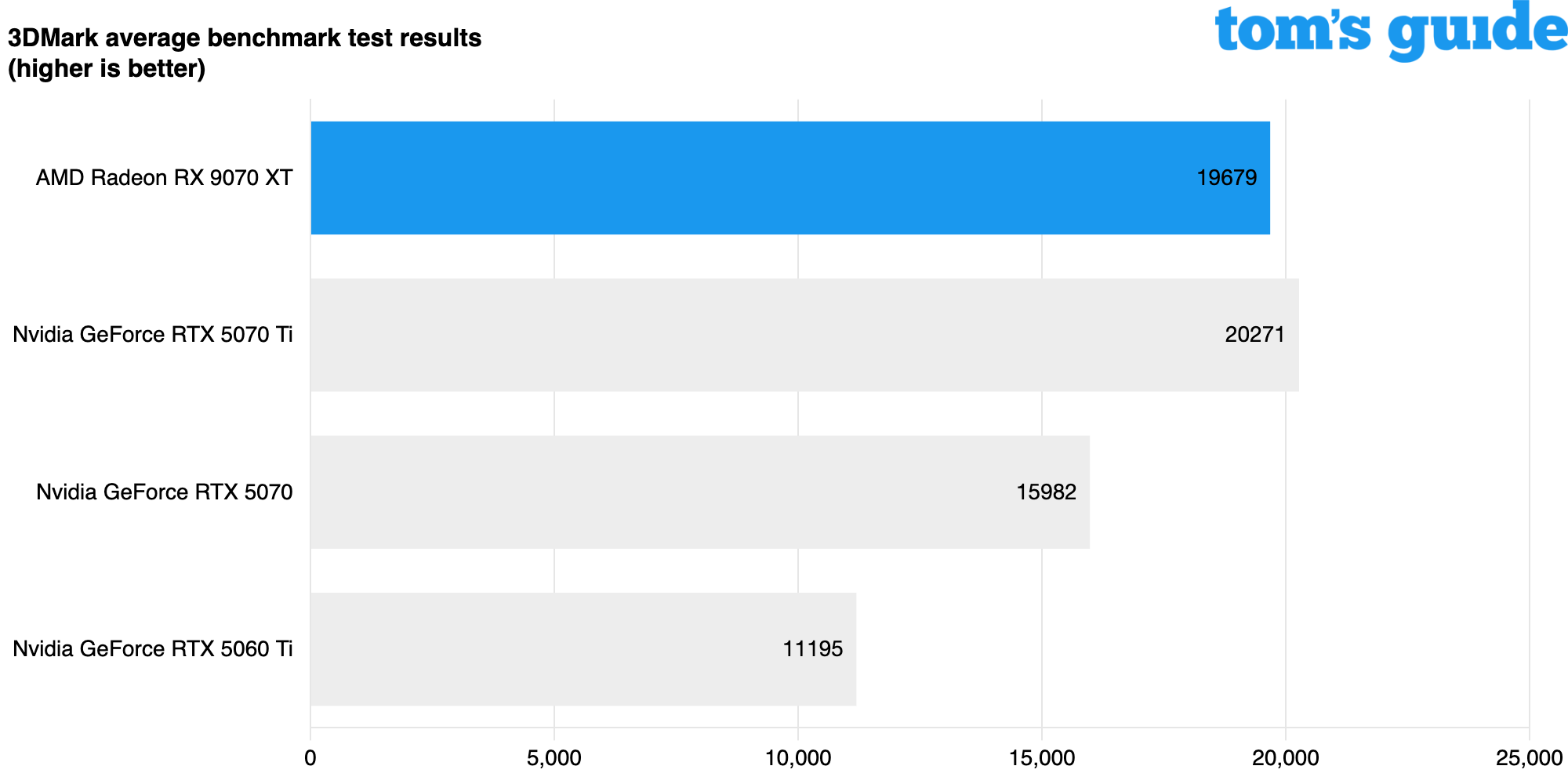
AMD Radeon RX 9070 XT: The ups
Just a short while ago, I called the RTX 5070 Ti the beacon of mid-range gaming. Now, well, I take that back.
A gaming monster
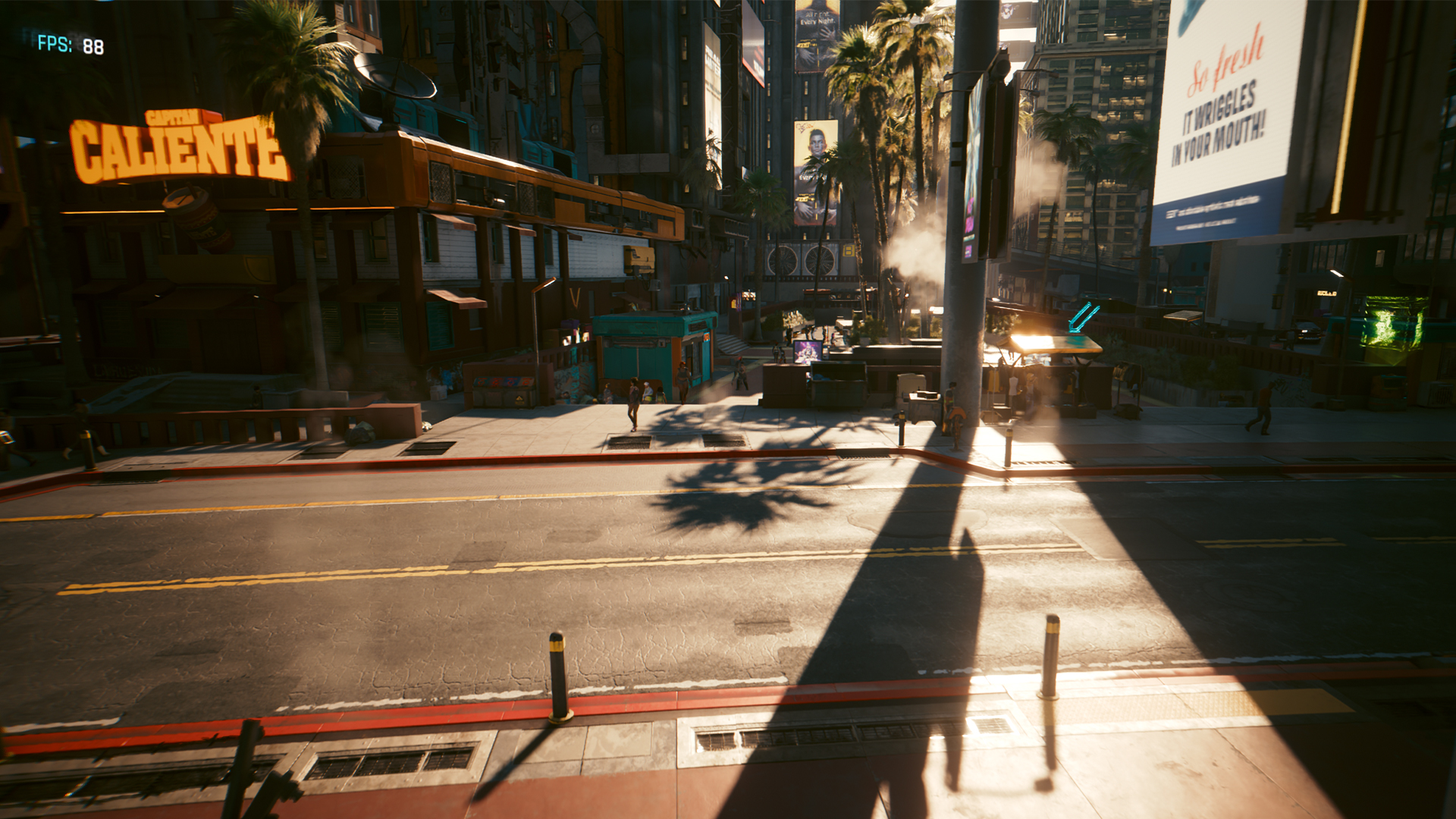
It’s a price-to-performance thing when you look at it, and AMD’s Radeon RX 9070 XT either comes close or beats the $150 more expensive RTX 5070 Ti in key games. Of course, there’s DLSS 4 and multi-frame gen which give Nvidia a leg up in some situations and there are other areas where Team Green stays ahead.
Get instant access to breaking news, the hottest reviews, great deals and helpful tips.
But looking at the math, you’re getting around 95% of the performance of the 5070 Ti at 80% the cost. The dollars and cents make sense here.
GPU | Cyberpunk 2077 ray tracing ultra 1440p | Forza Horizon 5 max settings 1440p | Call of Duty max settings no frame gen 1440p | Black Myth: Wukong Cinematic 1440p |
|---|---|---|---|---|
RX 9070 XT | 30.2 FPS | 190.8 FPS | 173 FPS | 62 FPS |
RTX 5070 Ti | 55.5 FPS | 196 FPS | 169 FPS | 86 FPS |
RTX 5070 | 38.2 FPS | 158 FPS | 139 FPS | 84 FPS |
RTX 5060 Ti | 32.8 FPS | 121 FPS | 80 FPS | 45 FPS |
As you can see, you’ve got three different scenarios here: either AMD’s GPU is a bit far off because of the ray tracing requirements (more on that later, but turn RT down to low in these games), it comes damn close or it either surpasses it.
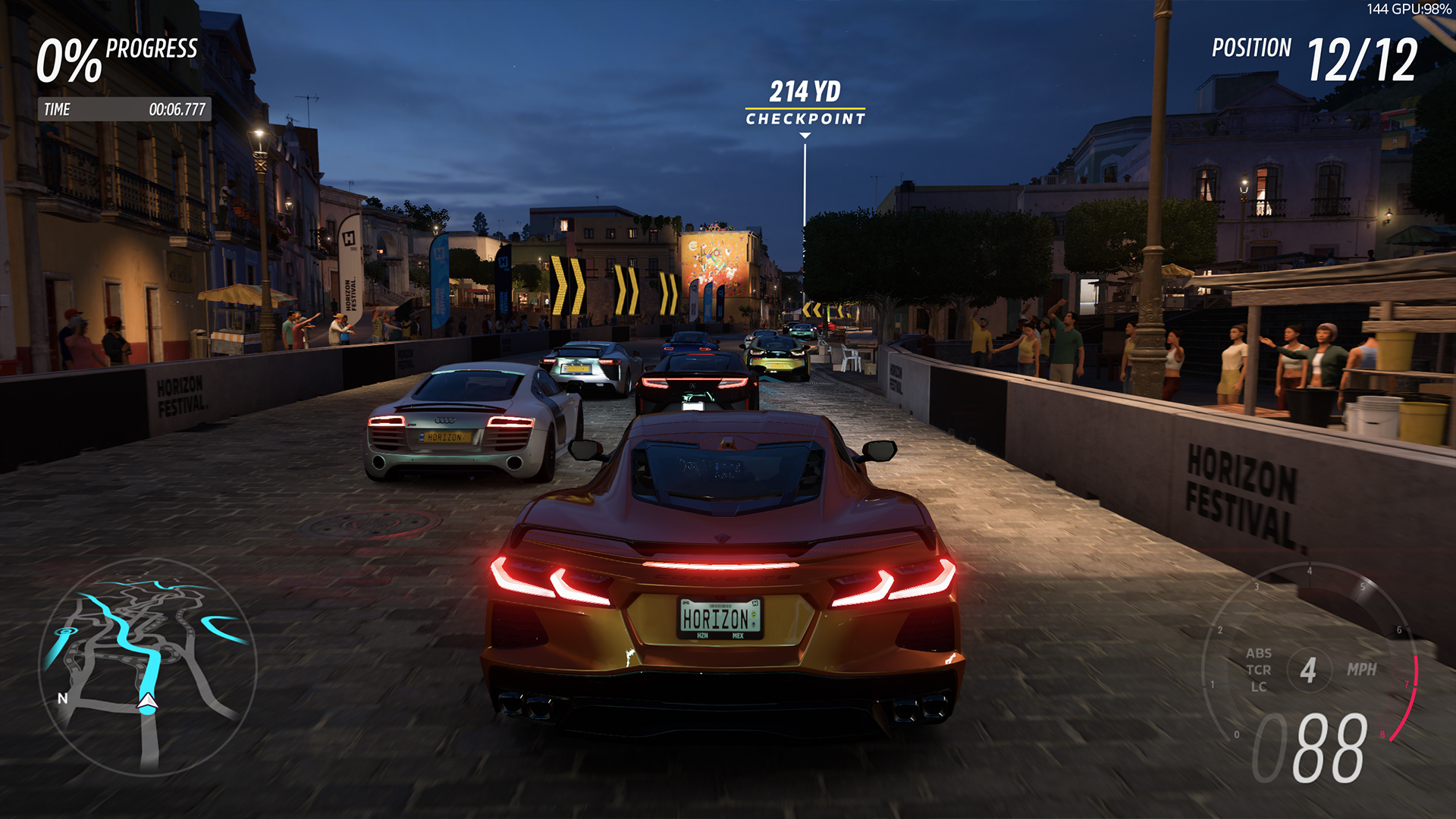
It’s real sweet spot is at 1440p, but go even further and you’d be surprised at just what this is able to do at 4K — even more so when you turn on FSR 4. For those uninitiated, the 4th generation of FidelityFX Super Resolution is AMD’s version of Nvidia’s DLSS. It’s an upscaler that uses machine learning to look at what’s going on at a lower resolution, then make everything sharper through neural trickery to deliver faster frame rates.
GPU | Cyberpunk 2077 ray tracing ultra 4K | Forza Horizon 5 max settings 4K | Call of Duty max settings no frame gen 4K | Black Myth: Wukong Cinematic 4K |
|---|---|---|---|---|
RX 9070 XT | 25.7 FPS | 105.4 FPS | 92 FPS | 57 FPS |
RTX 5070 Ti | 33.7 FPS | 113 FPS | 86 FPS | 73 FPS |
RTX 5070 | 17 FPS | 95 FPS | 67 FPS | 32 FPS |
RTX 5060 Ti | 15.6 FPS | 69 FPS | 60 FPS | 41 FPS |
There is no multi-frame gen technically available yet (though there are some hacky ways to get it like Lossless Scaling from Steam). But ultimately, the rasterized baseline trades blows with Nvidia’s vastly more expensive GPU.
Plus there’s the promise of more to come. FSR Redstone looks prime to really make up for the ray tracing short-fall with things like neural radiance caching and ML ray regeneration, as well as frame generation too. But this is all tech coming down the line, and I don’t review products based on the promise of future updates.
Following simple standards

When it comes to connectivity, this may not matter if you’re getting a prebuilt PC with this GPU already installed. But if you’re upgrading your pre-existing card, it’s comforting that the power plugs are your standard 8-pin PCIe power connectors — rather than the 2x6 ports found on the RTX 5070 Ti.
Especially given the documented cases of the 2x6 12VHPWR connector melting. Of course, this has been linked to poor manufacturing or bending the cables at uncomfortable angles, but with the 8-pin, it’s certainly much less common.
AMD Radeon RX 9070 XT: The downs
This GPU does indeed go hard on gaming, and that is at the expense of a couple other use cases. Plus, there’s one thing that while improved, doesn’t match what Nvidia is capable of.
Nvidia still has some gaming advantages
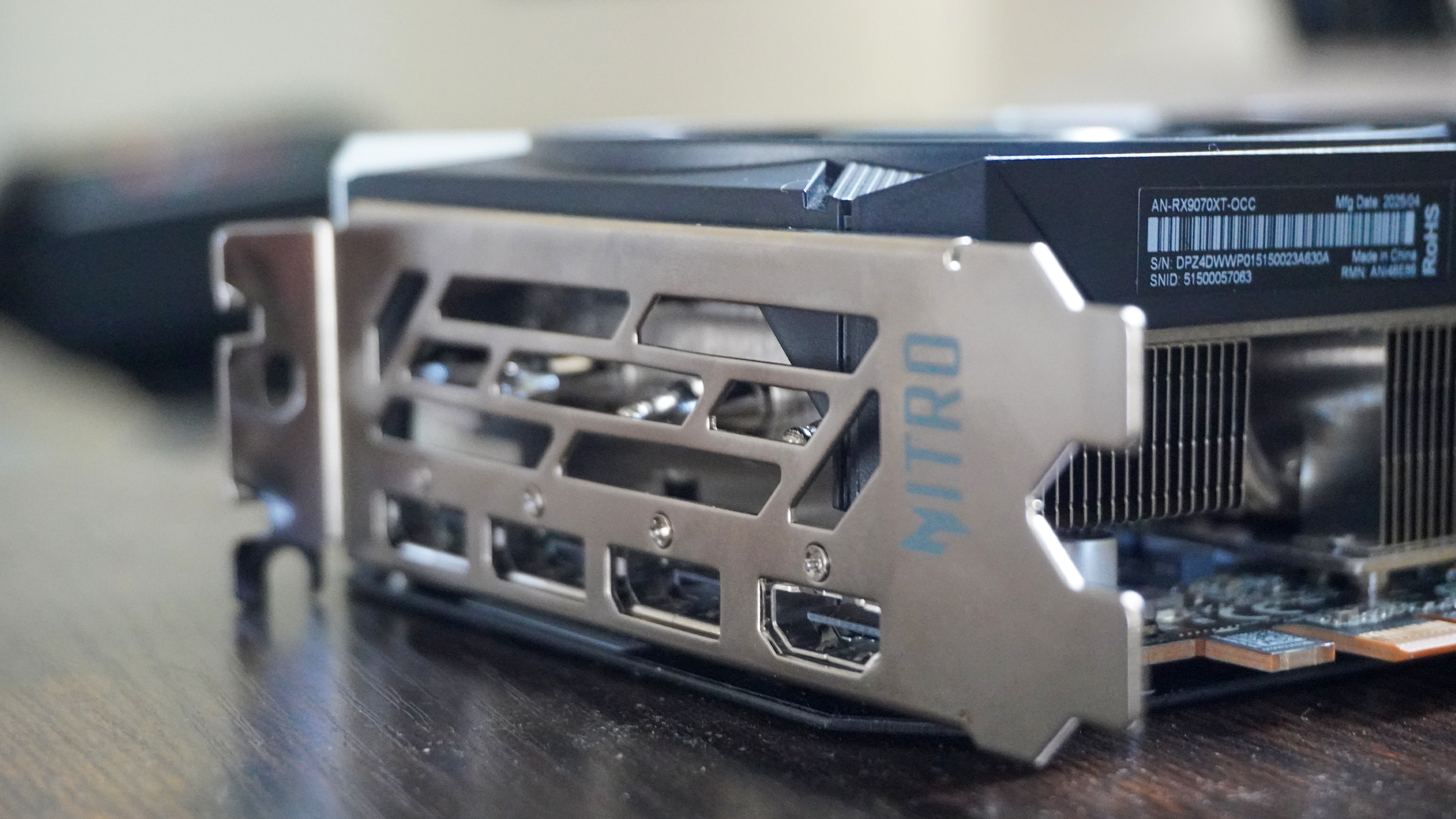
Take a look back at those tables again. You may see a gulf in performance in Cyberpunk 2077, which comes down to my testing conditions set to RT Ultra settings. And unfortunately, ray tracing is still not quite there on the Radeon RX 9070 XT.
Turn on FSR 4 and you can see that bump right back up to over 100 FPS, which is great! But on raw rasterization, the RT cores of Team Green continue to be one step ahead.
And speaking of one step ahead, Nvidia’s game support is far more vast for DLSS 4 (over 175 games) vs FSR 4 (over 85 games). And in terms of accessing settings to force DLSS 4, Nvidia’s app seems to be more reliable, whereas AMD Adrenalin’s FSR 4 toggle is a bit more hit-and-miss.
Not for creative pros or AI workloads
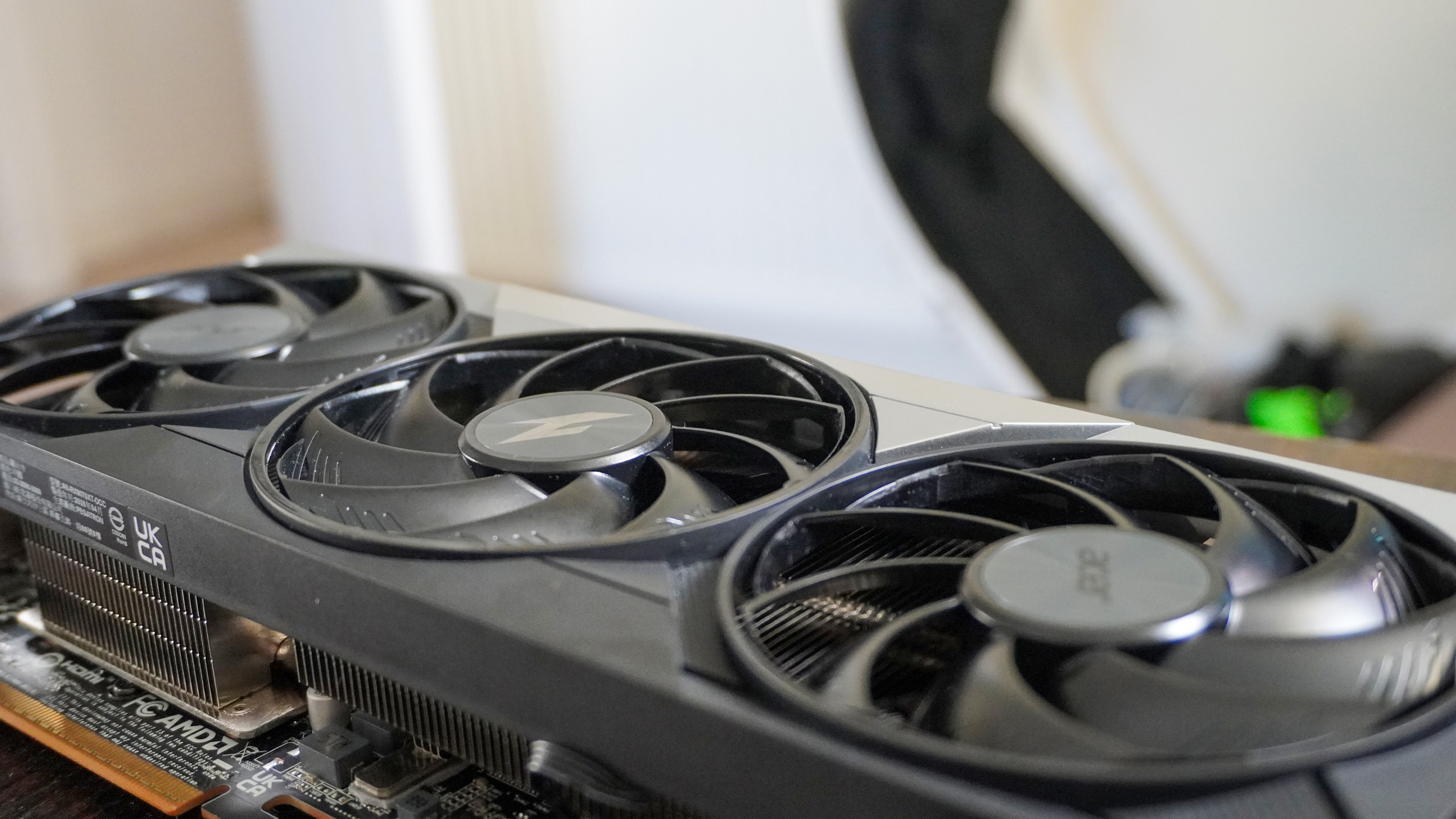
Throwing all your eggs into the gaming basket is fair and all, but if you aimed to do more with your desktop than just play, you’ll be left a little shorthanded with the RX 9070 XT. In terms of GPU-intensive creator tasks, you’ll see AMD’s GPU fall behind the RTX 5070 Ti by 11.2%.
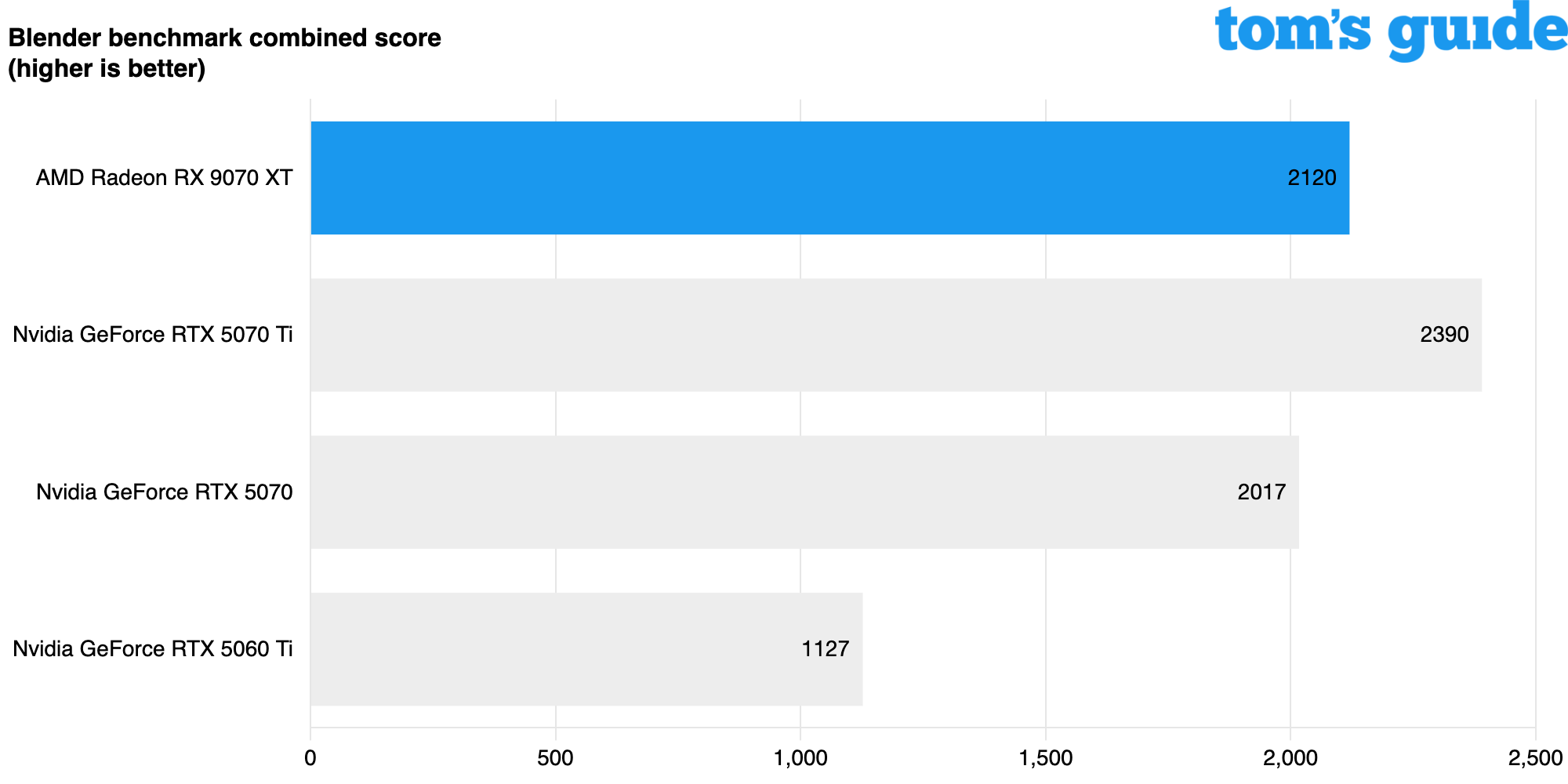
For the lower price, that could be an OK compromise, though. But it just depends where you sit on how you balance productivity and play.
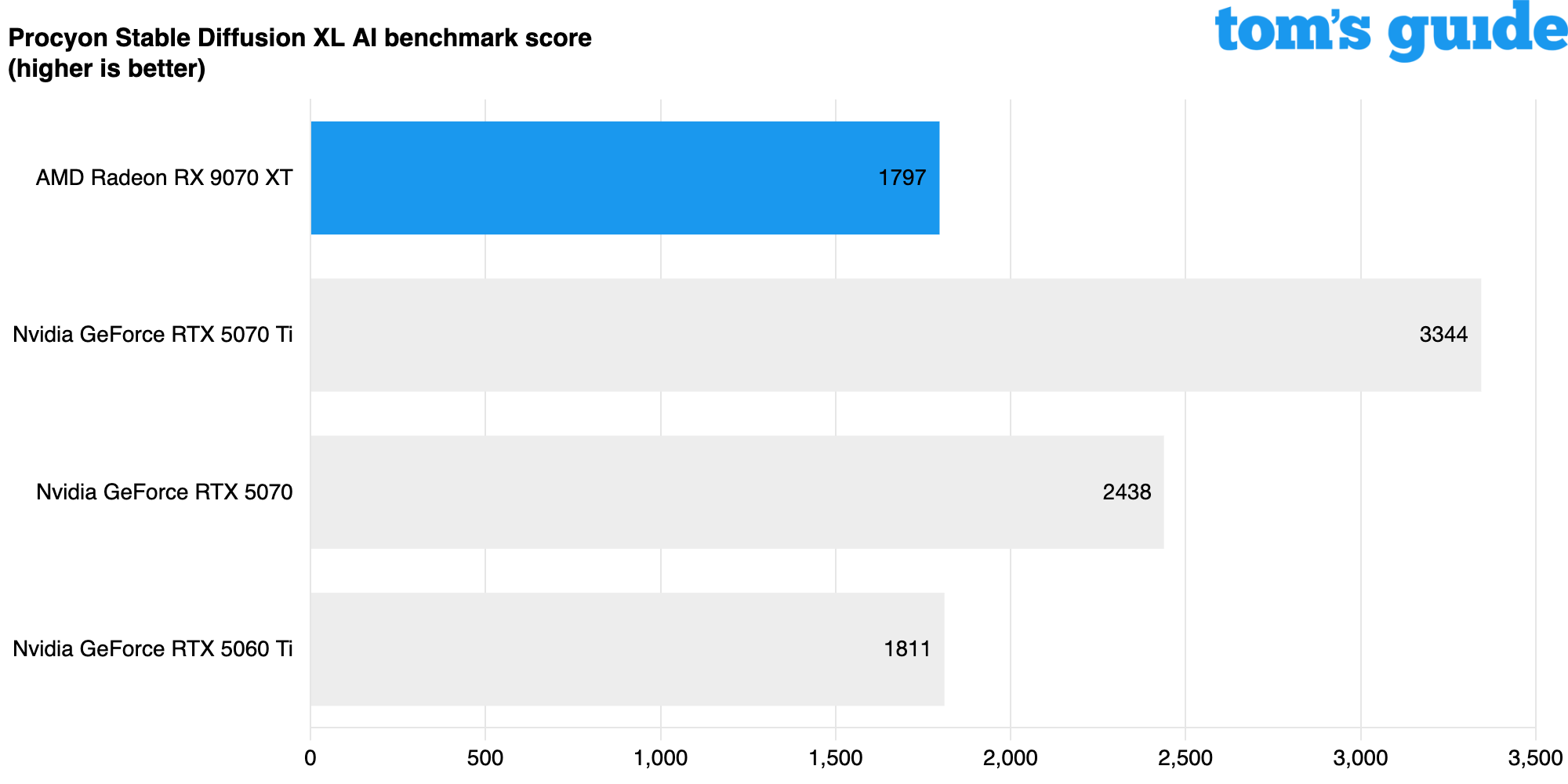
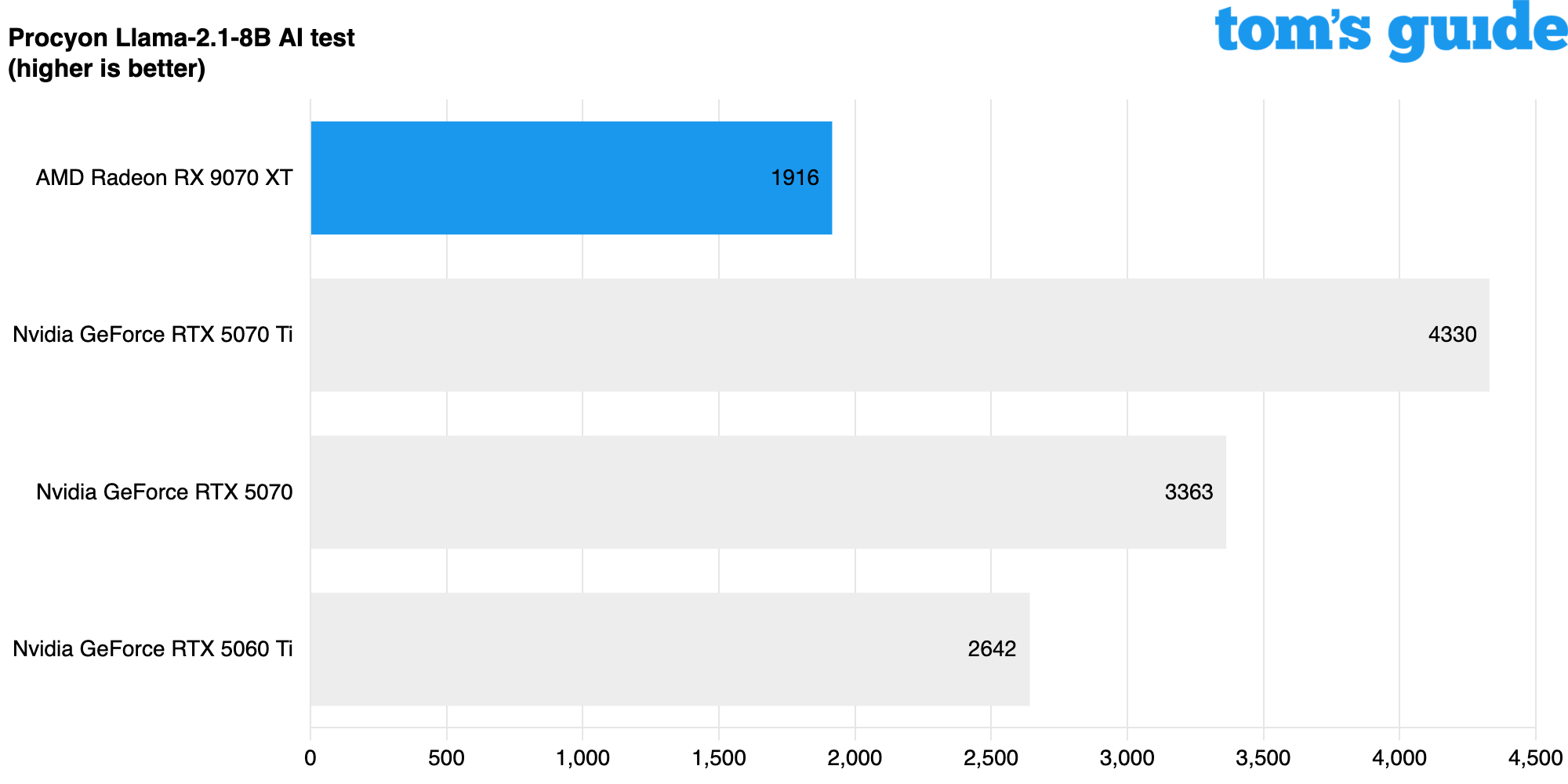
Then there’s the AI side of things, which…well there’s no better way to say it: Nvidia absolutely trounces AMD here.
AMD Radeon RX 9070 XT: Verdict
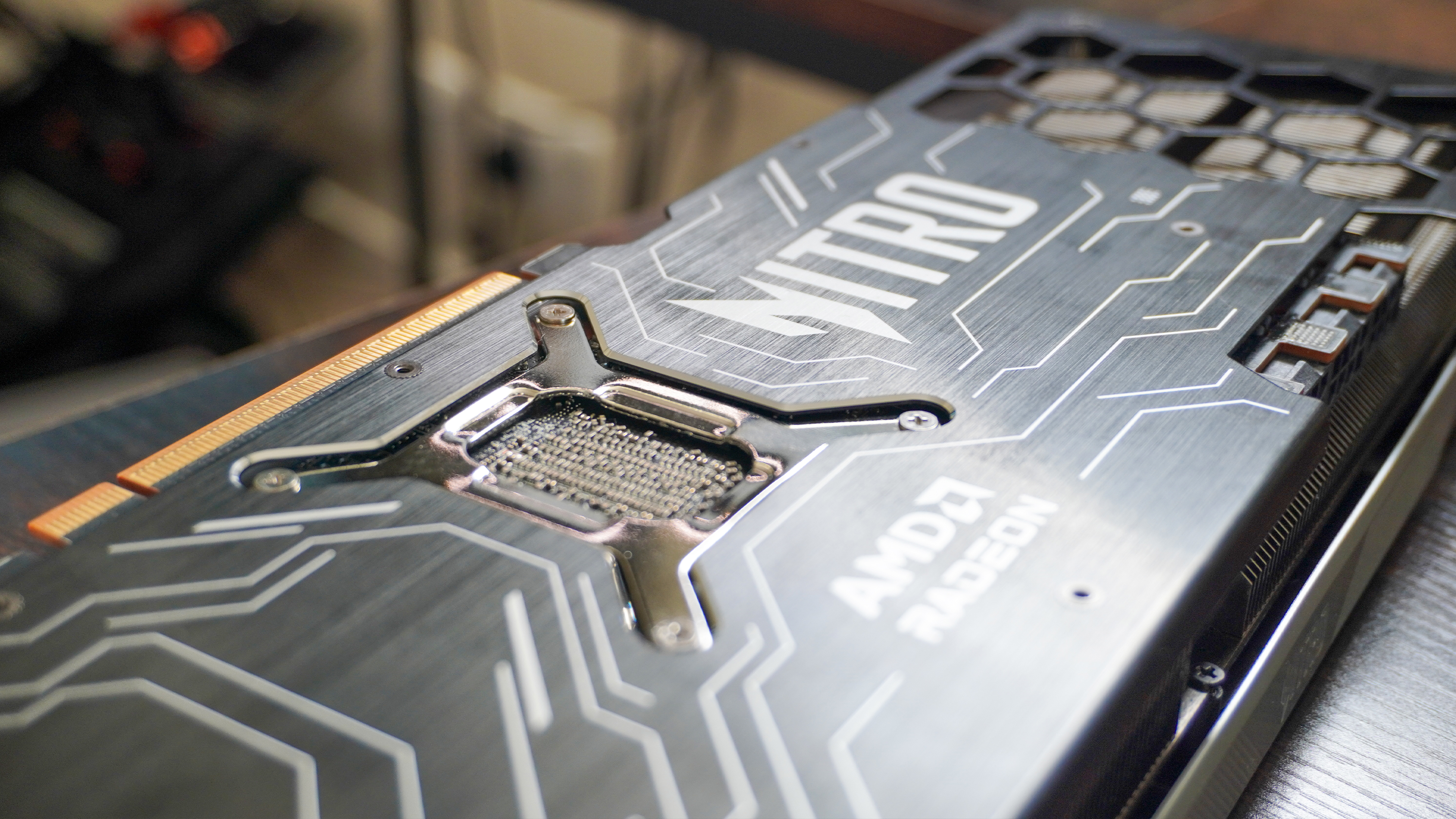
It may not be the most versatile GPU given its lacking creator workload performance, and Nvidia may have an advantage in dedicated game support and ray tracing. However, when it comes down to gaming and extracting the most performance for every dollar you spend, the RX 9070 XT is a fantastic option.
The current pricing is within the region of where I’d feel comfortable buying one without feeling overly scaled (way cheaper than the RTX 5070 Ti), and this card often dukes it out performance-wise with Nvidia’s pricier option.

Jason brings a decade of tech and gaming journalism experience to his role as a Managing Editor of Computing at Tom's Guide. He has previously written for Laptop Mag, Tom's Hardware, Kotaku, Stuff and BBC Science Focus. In his spare time, you'll find Jason looking for good dogs to pet or thinking about eating pizza if he isn't already.
You must confirm your public display name before commenting
Please logout and then login again, you will then be prompted to enter your display name.
